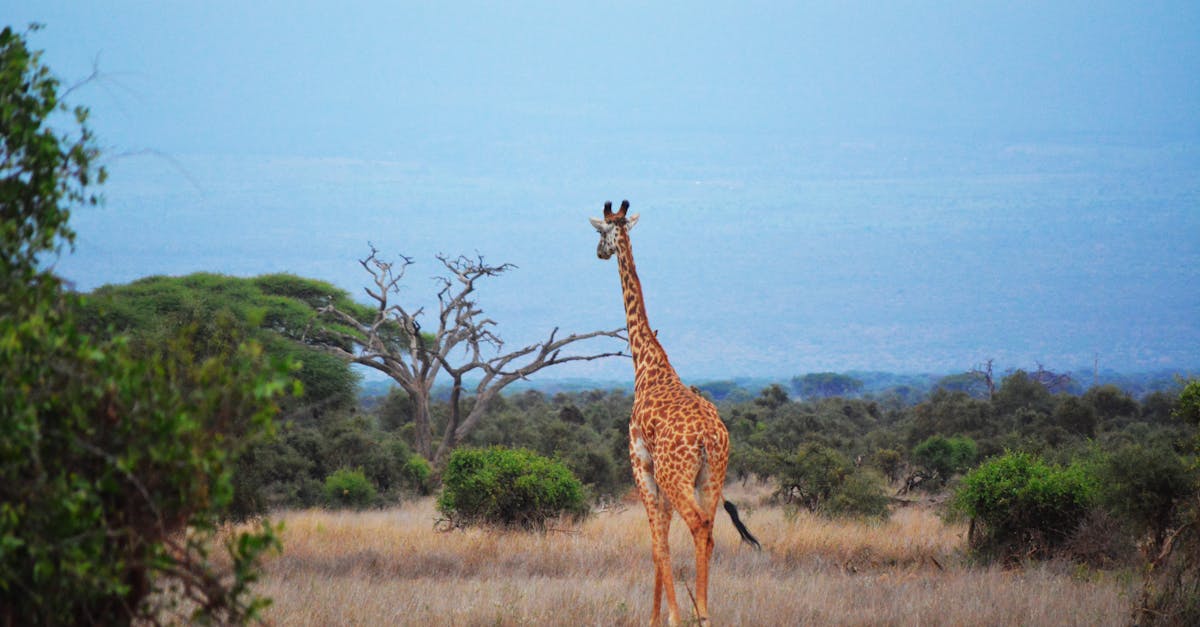
How long do wild mice live in captivity?
In the wild, a house mouse can live for about two years, while a wild mouse will generally live for only about three to four months. On average, a lab mouse will live for about one year. The shorter lifespan of a wild mouse is partly due to the high levels of stress they face in the wild, such as fighting for food and avoiding predators.
The lifespan of house mice varies depending on species and the conditions they are kept in. A mouse can live for up to one year in captivity. However, their lifespan is shortened to six months or less in captivity if they are kept as pets or laboratory animals.
They are susceptible to several diseases including infections, cancer, and chronic kidney disease. The lifespan of house mice varies depending on species and the conditions they are kept in. A mouse can live for up to one year in captivity.
However, their lifespan is shortened to six months or less in captivity if they are kept as pets or laboratory animals. They are susceptible to several diseases including infections, cancer, and chronic kidney disease.
How long does a wild mouse live in captivity?
The average lifespan of a wild mouse in captivity is 12 years. Most lab mice live for about six years. The lifespan of house mice is dependent on the strain of mouse you have. Breeding pairs, which are two mice that are trying to start a family, live about two years on average.
The average life span of a wild mouse is about two years. It’s hard to say how long a wild mouse will live in captivity without knowing the species of mouse or the conditions under which it was born and raised. However, the average lifespan of a wild mouse is about two years.
How long can wild mice live in captivity?
In the right environment and with sufficient care, domestic mice can live for several years. Mice in captivity, however, are rarely domesticated. In fact, most of the domestic mice in our homes are descended from wild mice that managed to escape or were born in our homes.
It depends on the breed of mouse, the care that is given to them, and their health. For example, the average lifespan of house mice is between four and five years. On the other hand, the average lifespan of wild mice is somewhere between 20 and 30 years. If you have a pet wild mouse, you can expect them to live an average of between one and two years.
Domestic mice usually live longer in captivity than in the wild. The difference in life expectancy is due to the care and attention they receive in the right environment. In addition, the average lifespan of domestic mice depends on the breed of the pet.
Mice that are more genetically similar to the wild variety tend to live longer.
How does wild mice live in captivity?
To understand how long mice live in captivity you have to understand their natural life. In the wild, house mice are very good at avoiding humans. They are masters of their environment. They are very good at running and jumping to avoid dangers. They will quickly learn to stay away from areas that are dangerous to them.
In captivity, mice are more afraid of humans and will usually stay away from us. They are still very good at escaping though which makes life a little bit more challenging for us. In Laboratory mice are bred in large colonies in captivity, and, as a result, they are highly social.
They are kept in groups of 30 to 50 individuals. These groups are called “mouse houses” or “mouse rooms.” To prevent inbreeding, the lab mice are regularly bred with genetically distinct “donor” mice. When wild mice are captured, they are usually very afraid and will run away as soon as they see humans.
However, if given enough time and enough space, they will eventually start to live with humans. If you look at a picture of a house mouse taken in a laboratory, you will see that they are very used to the fact that humans are part of their lives. They will not run away when a human enters their room as long as they are not afraid.
However, when they feel afraid
How do wild mice live in captivity?
The best way to care for a mouse is to provide them with an environment similar to the one in which they were born. Part of this means making sure your home is rodent-proof (see the rodent proofing section below). You also need to provide these small rodents with food and water, and a place to hide and sleep.
To establish a colony of laboratory mice, breeders commonly use mice that have been born in a wild environment. The wild mice are usually captured using live traps and then taken to a lab or breeder’s home. Laboratory mice are genetically very similar to their cousins in the wild.
The main reason for this is that they are not genetically isolated from each other. Consequently, the laboratory mice can breed rapidly and produce many babies. Laboratory mice are usually very good at adapting to a new environment. This is especially true of the larger species.
Once they are placed in a cage, these mice will quickly learn that this is where they belong. They will begin to feed on the food provided to them and look for a suitable nesting place. Although they may be nervous at first, these mice will soon feel safe and secure in their new environment.






